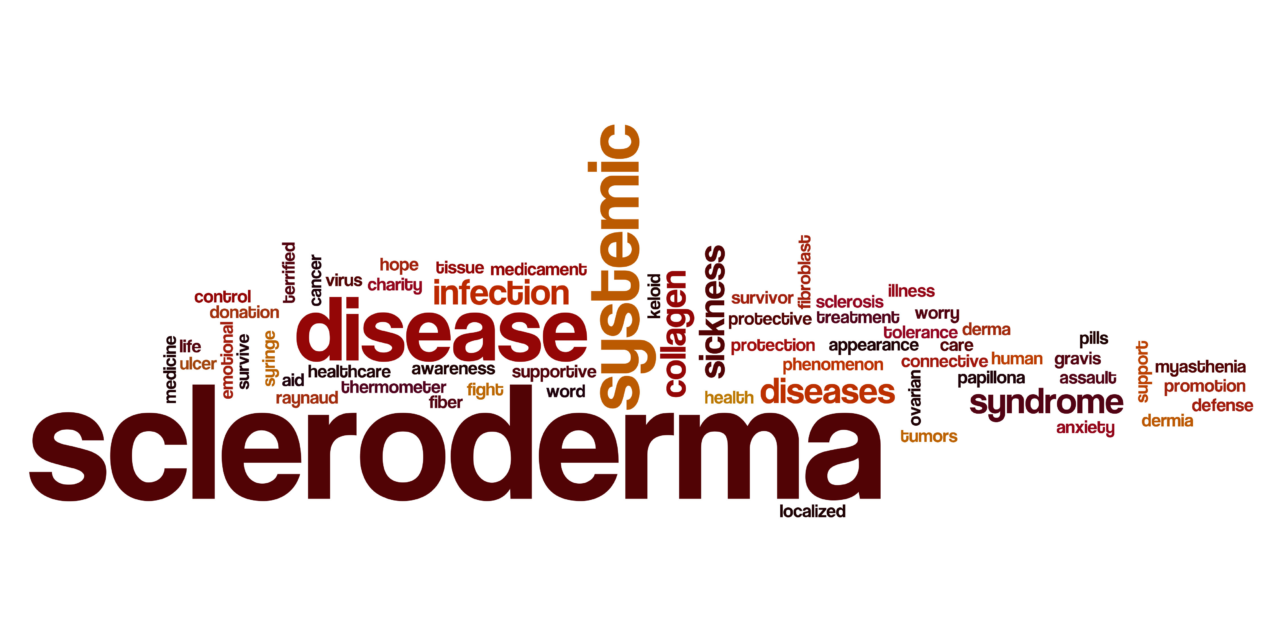What Is Scleroderma?

Scleroderma is a chronic autoimmune disease that causes the body to produce too much collagen, a protein that helps to hold tissues together. This extra collagen can build up in the skin, blood vessels, internal organs, and other tissues, causing them to become hard and stiff. There are two main types of sclerodermas. Systemic sclerosis is the most common type, and affects the skin, blood vessels, and internal organs, while localized scleroderma affects only the skin.
Symptoms of scleroderma can vary depending on the type and severity of the disease. Some common symptoms include:
- Skin changes such as tightening, hardening, and discoloration of the skin
- Raynaud’s phenomenon, a condition that causes the fingers and toes to turn white, blue, or red when exposed to cold temperatures
- Swelling in the hands, feet, and face
- Joint pain and/or muscle pain
- Digestive problems such as heartburn, difficulty swallowing, and constipation
- Lung problems such as shortness of breath, dry cough, and chest pain
- Heart problems such as high blood pressure, heart failure, and arrhythmias
- Kidney problems such as high blood pressure, kidney failure, and protein in the urine
There is no cure for scleroderma, but there are treatments that can help to manage the symptoms and improve quality of life. Treatment may include medications, physical therapy, occupational therapy, and surgery. If you have any of the symptoms of scleroderma, it is important to see a physician right away.
Your physician will likely suggest that you see a rheumatologist, who will perform a thorough physical exam, and suggest blood tests to check for elevated levels of certain antibodies produced by the immune system. They may also suggest other tests to determine whether your digestive system, heart, lungs, or kidneys are affected.









